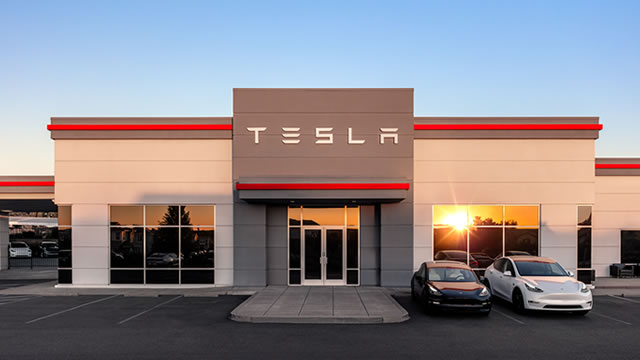Unraveling the Complexities of Tariff Rates: Blanket, Custom, or Multi-tiered
As global trade tensions continue to rise, the question of what type of tariff rates will be implemented remains a topic of intense debate. Will it be blanket tariffs that apply equally to all goods from a particular country? Or will there be custom carve-outs for specific goods or industries? Or perhaps a more intricate multi-tiered tariff structure?
Blanket Tariffs: Equal Application Across the Board
Blanket tariffs, also known as uniform tariffs, are a straightforward approach to imposing tariffs. They apply equally to all goods imported from a particular country, regardless of their specific nature or industry. Proponents argue that this approach simplifies the tariff structure and sends a clear signal to trading partners about the intent to protect domestic industries.
Custom Carve-Outs: Targeted Tariffs for Specific Goods or Industries
Custom carve-outs, on the other hand, involve the selective application of tariffs to specific goods or industries. This approach allows for more nuanced targeting of imports that are deemed to pose the greatest threat to domestic industries. However, it can also be more complex to administer and may lead to accusations of protectionism.
Multi-tiered Tariffs: A More Complicated Approach
Multi-tiered tariffs represent a more intricate approach to tariff structures. They involve the application of multiple tariff rates to different categories of goods or industries. This approach allows for more granular targeting of imports and can be more effective in addressing specific trade imbalances. However, it can also be more complex to administer and may lead to increased uncertainty for businesses.
Impact on Consumers: Higher Prices and Reduced Choices
Regardless of the specific type of tariff structure implemented, consumers are likely to bear the brunt of the costs. Higher tariffs lead to higher prices for imported goods, reducing consumer purchasing power. Additionally, tariffs can lead to reduced choices as businesses may opt to source goods domestically or from other countries rather than face the added costs of importing from a tariffed country.
Impact on Businesses: Increased Costs and Complexity
Businesses, particularly those that rely on imported goods or export to tariffed countries, are likely to face increased costs and complexity as a result of tariff structures. Higher tariffs mean increased production costs, which can lead to reduced profitability or even job losses. Additionally, the complexity of tariff structures can make it more difficult for businesses to navigate the global trading landscape, adding to administrative burdens.
Impact on the World: Trade Tensions and Economic Uncertainty
At a global level, tariff structures can lead to increased trade tensions and economic uncertainty. Trade wars can lead to retaliatory measures, further escalating the situation and potentially harming global economic growth. Additionally, tariffs can lead to reduced trade flows as businesses seek to avoid the added costs and complexities of importing and exporting goods.
Conclusion: Navigating the Complexities of Tariff Structures
In conclusion, the question of what type of tariff rates will be implemented remains a topic of intense debate as global trade tensions continue to rise. While blanket tariffs offer a straightforward approach, custom carve-outs and multi-tiered tariffs allow for more nuanced targeting of imports. However, regardless of the specific type of tariff structure, consumers and businesses are likely to bear the brunt of the costs, while the world grapples with increased trade tensions and economic uncertainty.
- Blanket tariffs apply equally to all goods from a particular country
- Custom carve-outs involve the selective application of tariffs to specific goods or industries
- Multi-tiered tariffs involve the application of multiple tariff rates to different categories of goods or industries
- Consumers are likely to bear the brunt of the costs through higher prices and reduced choices
- Businesses are likely to face increased costs and complexity
- Global trade tensions and economic uncertainty are potential consequences of tariff structures





